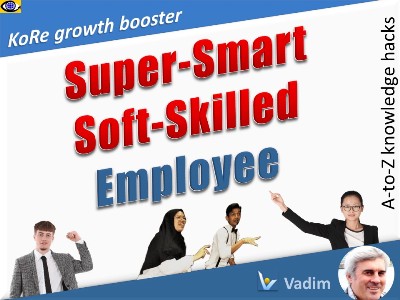| |
|
Total Quality Management (TQM)
Deming's 14 Point Plan
for TQM
|
|
|
| |
|
An
Integrated Approach to Quality
and Continuous Improvement as a
story
|
|
|
| |
Point 3
Cease dependence on mass
inspection; require, instead,
statistical evidence that
quality is built in.
|
|
Performance-based Company |
|
 |
You can not inspect quality into the product;
it is already there.
|
Edward
Deming |
| |
Point 4
Improve the quality of incoming
materials. End the practice of
awarding business on the basis
of a price alone. Instead,
depend on meaningful measures of
quality, along with price.
|
|
Supply
Chain Management
Best
Practices
Team |
|
 |
We should work on our process,
not the outcome of our processes. |
Edward
Deming |
 |
Scrap doesn't come for free, we pay
someone to make it. |
Edward
Deming |
| |
Point 6
Institute
modern
methods of education
and training for all. Modern
methods of on-the-job training
use control charts to determine
whether a worker has been
properly trained and is able to
perform the job correctly.
Statistical methods must be used
to discover when training is
complete.
|
|
|
 |
All anyone asks for is a chance to
work with pride. |
Edward
Deming |
 |
The job can't be finished only
improved to please the customer. |
Edward
Deming |
 |
Whenever there is fear, you will get
wrong figures. |
Edward
Deming |
 |
If you can't describe what you are doing as
a process, you don't know what you're doing. |
Edward
Deming |
|
|
|
Point 10
Eliminate the use of slogans, posters and exhortations for the
workforce, demanding zero defects and
new levels of productivity
without providing methods. Such exhortations only create
adversarial relationships.
|
|
 |
The aim must include plans for the future.
The aim is a value judgment. |
Edward
Deming |
 |
|
Point 13
Institute a vigorous program of education, and encourage
self-improvement for everyone. What an organization needs is not just good
people; it needs people that are
improving with education. |
|
 |
Rational behavior requires theory.
Reactive
behavior requires only reflex action. |
Edward
Deming |
|
|
|